Here are my favorite massage deep tissue techniques for pain relief and relaxation massage—that are effortless to do and don’t hurt my body.
The “don’t hurt my body” part is vitally important because if you’re killing your body doing deep tissue massage you’re either going to stop doing deep tissue or you’re going to continue to kill your body and resent your clients who want deep tissue work.
So, here are three deep tissue techniques that I do all day without being in pain.
By the way, after I show you the techniques, I’m going to explain the strategy behind each one. Once you understand the strategy you can develop your own pain-free, deep tissue techniques.
Here’s what we’re going to cover:
(1) Upper-Trapezius Non-Squeeze Release
(2) Rotatores and Multifidi Ischemic Compression Release
(3) Seated IT Band Glide/Press Release
1. Upper-Trapezius Non-Squeeze Release
In neuromuscular massage therapy (NMT) training I learned a great technique for releasing the deeper tissue of the upper traps.
The client is prone. With one hand you grasp the top edge of the trapezius so that your four fingers are wrapped around the superior, anterior edge and your thumb is on the posterior side of the upper-trap.

In this hand positioning you’re going to grip the upper trap and then “unfurl” the trap edge by moving your fingers towards you and your thumb away from you.
Once you get the technique down you can exert very focused pressure in the deeper tissues of the upper trap.
The goals of the NMT trap release are to deactivate hard to get to trigger points and to change ischemic conditions in those areas.
Though I don’t subscribe to NMT theory any longer, from a pain relief and relaxation massage perspective, I like the NMT trap release because it’s pain relieving and relaxing to clients.
But there’s a problem with the NMT deep tissue trap release: It beat the dog poop out of my hands.
This caused another problem. I couldn’t cut it out of my massage routine because a chunk of my clients were used to the NMT upper-trap release and loved it. So I needed to come up with a version that didn’t kill my hands. And that’s what I did.
Squeezing and rolling with one hand was what caused hand pain when doing the NMT Upper-Trap Release. So, instead of using one hand, I decided to use two. And instead of squeezing, I pressed with two hands.
By using two hands I could still roll and “squeeze” (now press) the tissue with focused pressure which was what made this NMT technique so effective in the first place, but without straining my hands.
In addition, for clients with very thick upper-traps, I added a massage tool which allowed me to press with enough force to reach the deeper tissues of the upper-trap.
Here’s what that looks like:
Play with getting really specific with your pressure. It’s amazing how focused your pressure can get when pressing between two hands.
Now, I want to show you a deep tissue technique for back muscles, specifically for rotatores and multifidi. It’s my favorite deep tissue technique.
2. Rotatores and Multifidi Ischemic Compression Release.
The multifidi and rotatores are in the lamina groove. Early on in my career, I shied away from anything close to the spinous processes. But neuromuscular therapy taught me that these muscles can be influenced and clients REALLY like getting them worked.
The Deep Back Muscles
Here are the multifidus and rotatores:
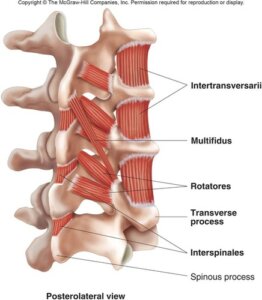
They multifidus stabilizes joints within the spine. The rotatores lie underneath the multifidus and are involved in postural control.
The great thing about the deep tissue technique that I’m about to show you is that you can do this technique through clothes (like when doing demo massages). Being able to deep tissue massage during a chair massage event is a great way to market your skills and has helped me net clients.
4 Steps for Deep Tissue Rotatores and Multifidi
Here’s how to get comfortable working these deep muscles.
Step #1: Find the spinous processes.
Once you find the spinous processes, you’ve won the battle.
By the way, don’t be scared of the spinous processes. They are your friends (reference points).
Step #2: Go just lateral of the spinous processes (maybe 1/2 inch).
For extra assurance, keep in contact with the spinous processes. You can use fingers from your pressing hand or non-pressing hand to maintain contact.
Step#3: Press down into the lamina groove with a thumb/finger or body parts combination.
Here’s what that looks like:
(In the video I use the term power tools. Now I call power tools “body part combinations”.)
You may have noticed that in the video that my table is low and that I’m leaning generate deep pressure.
Why?
Because when you lean you can transfer your body weight into the area you want to work. In other words, you can use your body weight to generate pressure.
Leaning makes delivering static pressure in the lamina groove effortless.
To learn how to lean to generate pressure, go here.
As you’re learning to calibrate your pressure in the lamina groove, you may first want to use a pain scale system.
Here’s the pain scale system I use: I tell the client to think of a pain scale from 1 to 10 where 1 is not much pain and 10 is a lot. When you press on an area, you want your pressure to feel like it’s registering in a 3 to 4 range (in acute pain areas) or a 4 to 5 (in non-acute pain areas).
Here’s my pain-scale-system tutorial video if you want to take a deeper dive: Pain Scale Video.
When I have a client who responds well to deep pressure in the lamina groove, I use a massage tool to save my hands.
The massage tool also allows me to deliver deeper and more focused pressure.
The disadvantage of using a massage tool is that you will lose some sensitivity, but that can be remedied if you use a guide finger.
Go here if you want to learn how to use a massage tool in the lamina groove.
Step #4: Be thorough and relaxing with each press.
When I say thorough, I mean really explore the tight and/or painful areas with ischemic compression. Sometimes you may find the “that’s it!” spot, which when pressed with the appropriate amount of pressure may provide instant pain relief.
When I say make it relaxing, I’m talking about the speed you move from point A to point B.
Don’t rush it.
Zen it.
The focused, deep pressure can be very relaxing to many. Jump from point to point quickly and you’re undoing the relaxation benefit.
Here’s a trick for moving at a relaxing pace: Stay relaxed yourself because if you’re relaxed when doing deep tissue work, then you’re probably moving at a pace which is relaxing to your client.
Though ischemic compression in the lamina groove is my favorite deep tissue technique, this next one is a close second.
3. Seated IT Band Glide/Press Release
For most of my massage career I hated working IT bands because they were so hard to get to without having the client turn on her/his side. Then I’d have to deal with the sheet and the IT band was now on an angle and if I was using my forearm it was looking more like I was trying to block a linebacker than do a massage…and the list went on.
Give me an IT band deep tissue release that is easy to do, doesn’t hurt my body and is effective.
Here it is—the Seated IT Band Glide/Press Release.
Wait, Mark, how can you generate enough pressure in the IT band when you’re sitting?
You lean.
Just like when you were standing and leaning, you can lean when you’re sitting, but when you’re sitting, you’re leaning from the torso.
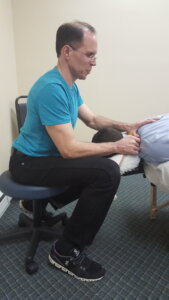
And, yes, you will be able to generate all the pressure you need to and then some.
For a broad glide, you can use your fists or knuckles or a fist-palm.
For more focused pressure you can use a knuckle, thumb or a massage tool.

Or you can use body part combinations like a knuckle thumb.

The great thing about seated deep tissue IT band work is not only is it easy on your body, but the body part combinations and tools that you can use to get the job done are practically endless.
Here’s how I do the Seated IT Band Deep Tissue Release:
Remember that in the beginning of this article I had said that the three deep tissue techniques that I was about to show you had strategies behind them and that you could use these strategies to develop your own deep tissue techniques that wouldn’t hurt your body?
Well, I want to explain those strategies to you so that you can walk away from here armed with the building blocks to help you create deep tissue techniques just for you.
Strategies for Pain-Free Deep Tissue Massage
Here are the strategies behind my deep tissue techniques that save my body:
- Squeeze less. Press more.
- Lean to generate pressure.
- Use multiple body parts (and use tools) to deliver focused pressure.
Let’s take these three strategies and start experimenting.
TFL Deep Tissue Release
The TFL is a tough muscle to access. It’s small and requires very focused pressure, which begs the question: How do I massage the TFL with deep pressure without killing my hands?
In the video below I take the 3 strategies—squeeze less, lean and use multiple body parts/tools—to create a deep tissue technique that doesn’t hurt my body.
Are you starting to see how these 3 strategies can be applied universally to all body areas that you are massaging?
Here’s another example of deep tissue work in the tibialis posterior where I use the 3 strategies (more press, lean and use multiple body parts/tools).
By the way, this massage example is not part of what I would do during a relaxation massage. It would be what I would do if someone came in with a tibialis posterior issue.
Massage Deep Tissue Techniques In a Nutshell
So, I showed you three of my favorite deep tissue techniques—(1) upper-trap non-squeeze release, (2) rotatores and multifidi ischemic compression release, and (3) seated IT band glide/press release.
To get to the deep tissue of a muscle, you need to be able to exert a certain amount of pressure. Sometimes that pressure needs to be precise.
Once you can exert the appropriate amount of pressure you can hold that pressure, glide with that pressure or do other movements with that pressure, like cross-fiber work.
To be able to hold that pressure consistently your body can’t be straining. In fact, your body needs to be relaxed which means you need to be using strategies that make deep tissue work easy.
Leaning, less squeezing and more pressing, and using multiple body parts/tools to deliver pressure are strategies that will take the strain out of your body when doing deep tissue work.
If you work with these 3 strategies you will not only save your body when doing deep tissue work, you’ll start to develop your own techniques that are unique to you and your style of massage.
Online Deep Tissue CE Class
If you want more help, I have a online, home study, CE course that will give you the platform to create your own deep tissue techniques and get competent with deep tissue work without hurting yourself.
It’s NCBTMB-approved and you can check it out here.
And if you have a question about my deep tissue techniques or anything else, email me anytime— mark@makethemostofmassage.com. 🙂


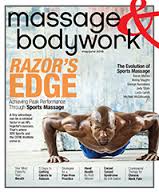
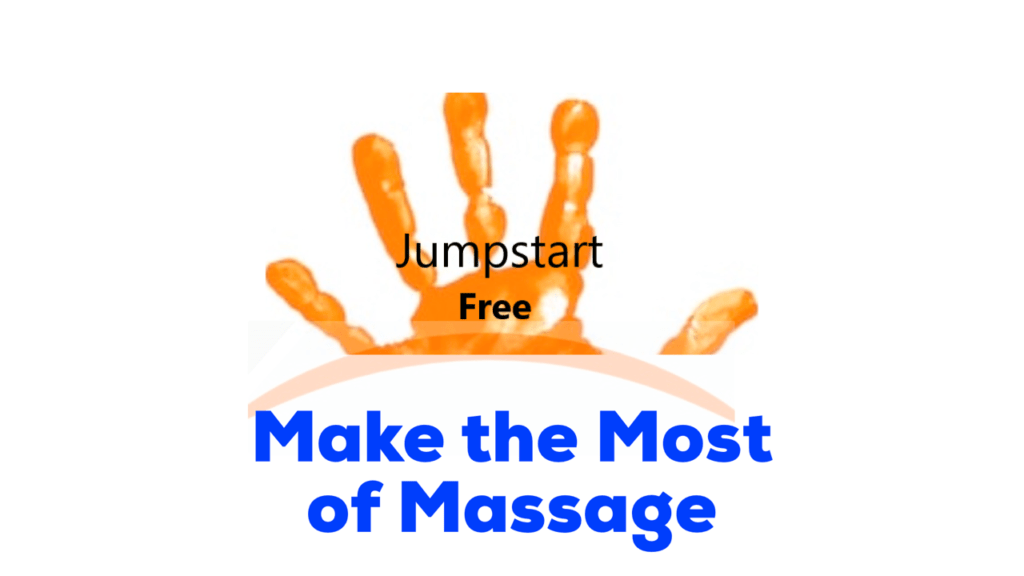

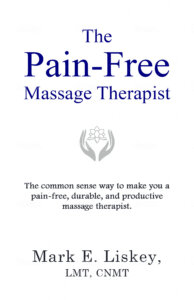
Comments on this entry are closed.
Wow Mark! These are amazing techniques!!!
I’m glad you like the techniques, Cat! They have helped me save my body over the years. Let me know if you have any questions and/or have any deep techniques that you’d like to share. I can never have too many!